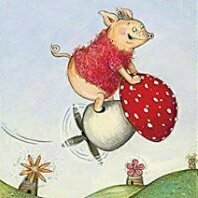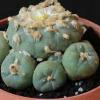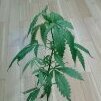

Konopie bez wyglądu konopi
-
Podobna zawartość
-
- 5 replies
- 203 wyświetleń
-
Półkula północna vs Półkula południowa: Kiedy uprawiać i zbierać plony
Przez Macky,
- uprawa konopi
- uprawa
- (i 4 więcej)
- 0 replies
- 4783 wyświetleń
-
- 3 replies
- 11790 wyświetleń
-
- 5 replies
- 1248 wyświetleń
-
Nasiona marihuany różnych odmian konopi - stary temat 1 2 3 4 14
Przez Shocke,
- offtop
- odmiany konopi
- (i 19 więcej)
- 133 replies
- 26053 wyświetleń
-









Recommended Posts